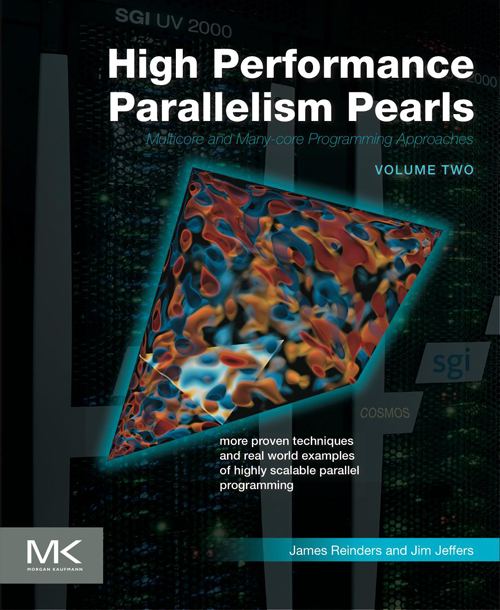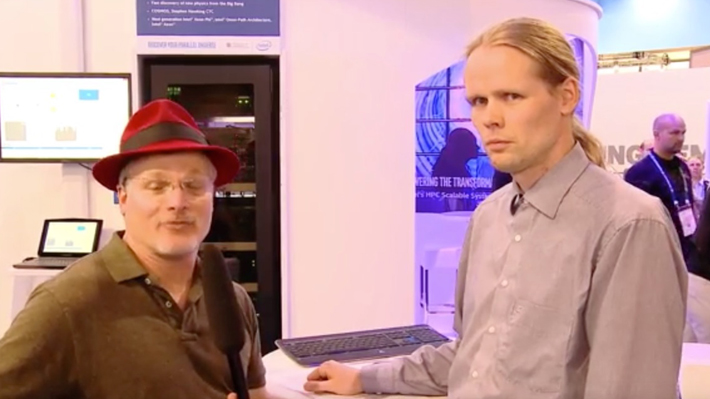Cosmic Microwave Background offers new probes of the early universe
CTC scientists are refining our understanding of the formation of the early universe by analyzing the Cosmic Microwave Background (CMB) data captured by the Planck Satellite. The CMB is the relic radiation or “first light” to escape once the very hot temperature from the Big Bang cooled after about 300,000 years. It is like looking at a snapshot of the Universe as it was over 13 billion years ago.
The CTC is home to COSMOS, a Xeon Phi enabled SGI UV2000 supercomputer and the largest shared-memory system in Europe. The COSMOS team at Cambridge has developed a new code called MODAL for analyzing the Planck data. This new code allows us to find and interpret the very tiny fluctuations that have been measured between different CMB data points on the sky. (This work has led to HPC award nominations - see below.) These fluctuations can provide insight into new physics theories about how structures like stars and galaxies formed in our Universe.
Our analysis of the Planck satellite data confirms a signal predicted by general relativity, but it also reveals other possible yet unexplained signals which could tell us much more about the early universe.
Below is a film which shows Dr Juha Jäykkä, one of the COSMOS team, giving a demonstration of the analysis at the 2015 International Supercomputing Conference in Frankfurt.
Members of our COSMOS team have also written up the new Planck data results in a chapter in the recently published book High Performance Parallelism Pearls, Volume Two: Multicore and Many-core Programming Approaches, which features our images on the front cover:

COSMOS nominated for 2015 Annual HPCwire Readers’ Choice Awards
Since 1986, HPCwire has been the world’s top information resource for high performance computing. Every year its readers vote to recognise the most outstanding individuals and organisations in the industry. We are very pleased to say that this year the CTC and COSMOS have been nominated in the following categories:
Best use of High Performance Data Analytics
Stephen Hawking Centre for Theoretical Cosmology, Cambridge University, uses the first Intel Xeon Phi-enabled SGI UV2000 with its co-designed ‘MG Blade’ Phi-housing and achieved 100X speed-up of MODAL code to probe the Cosmic Background Radiation with optimizations in porting the MODAL to the Intel Xeon Phi coprocessor.
Best Data-Intensive System (End User Focused)
COSMOS supercomputing facility at the Stephen Hawking Centre for Theoretical Cosmology, Cambridge University, which uses of the world’s first Intel Xeon Phi-enabled SGI UV2000 with its co-designed ‘MG Blade’ Phi-housing.
Best HPC Collaboration Between Academia & Industry
SGI/Intel long-term collaboration with COSMOS supercomputing facility at the Stephen Hawking Centre for Theoretical Cosmology which among other things achieved a 100x speedup of cosmology code.
You can find out more about the COSMOS team’s achievements here:
http://www.hpcwire.com/2015/08/24/cosmos-team-achieves-100x-speedup-on-cosmology-code/
and here:

Dr Juha Jäykkä, one of the COSMOS team, giving a demonstration of the COSMOS Planck analysis at the 2015 International Supercomputing Conference in Frankfurt
